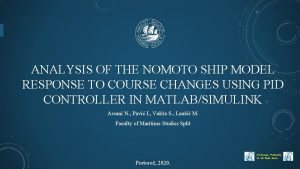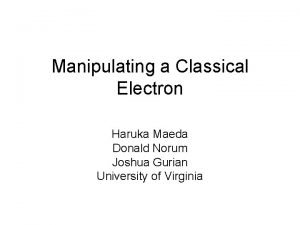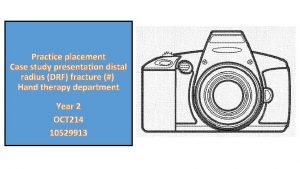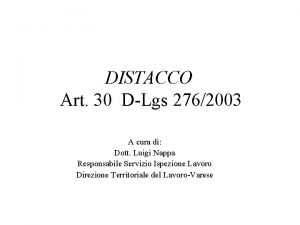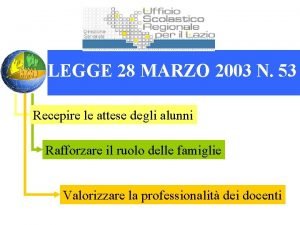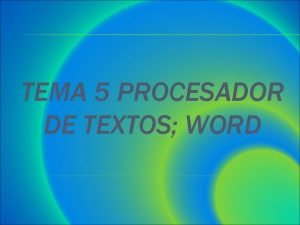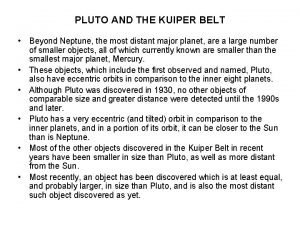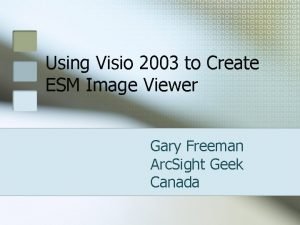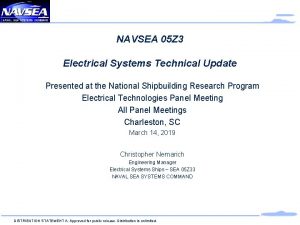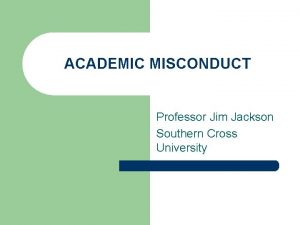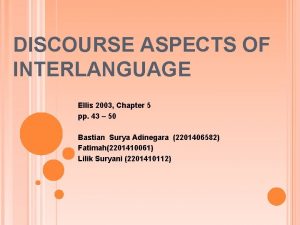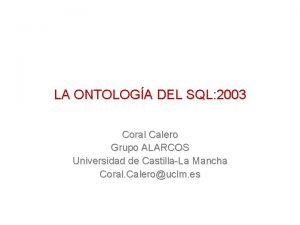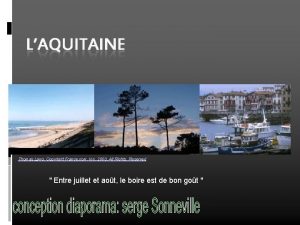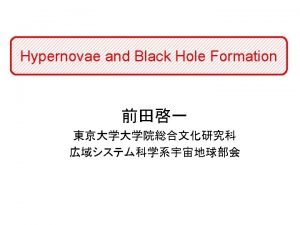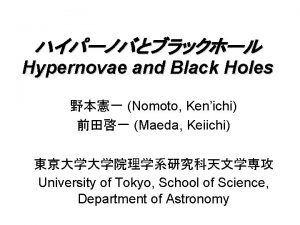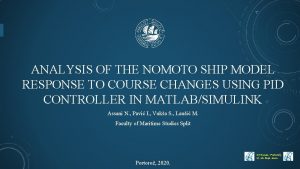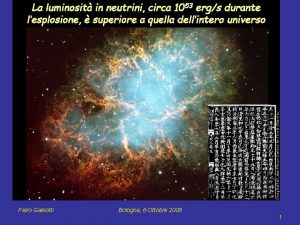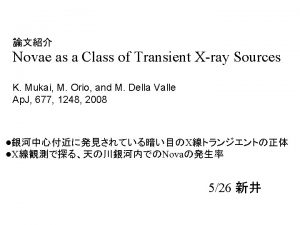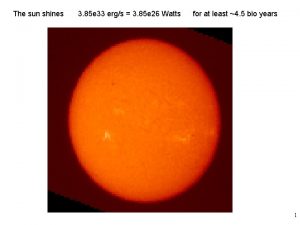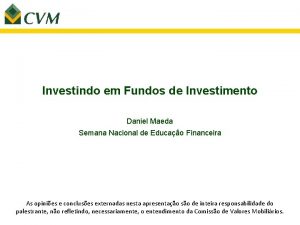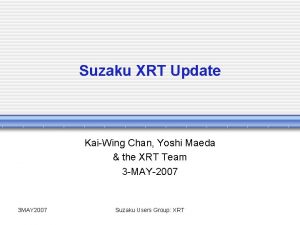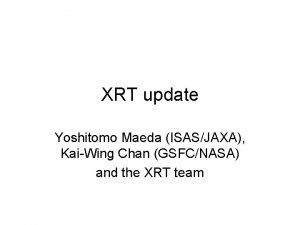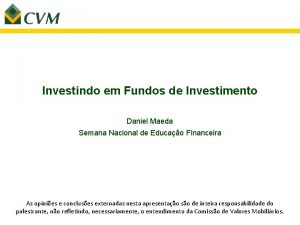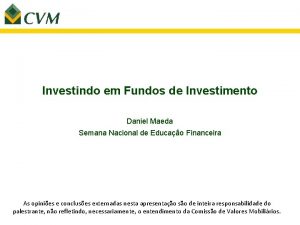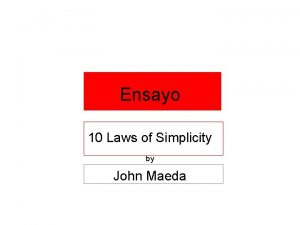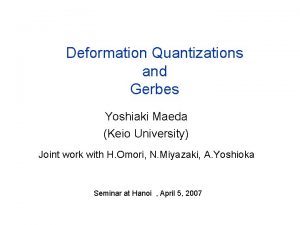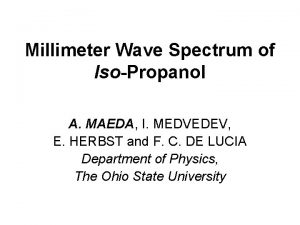E Maeda Nomoto 2003 1051 ergs 20 M




















![Nebular Spectrum Mg. I] 4570 [OI] 6300+6363 2003 jd (Sep 12, 2004) Taken by Nebular Spectrum Mg. I] 4570 [OI] 6300+6363 2003 jd (Sep 12, 2004) Taken by](https://slidetodoc.com/presentation_image_h2/075a56fff487a5b8c58de46517410eb1/image-21.jpg)
![Interpretation? ちなみに… Shellからの放射 = [OI] 6300 A Mazzali et l. 2005 波長 Interpretation? ちなみに… Shellからの放射 = [OI] 6300 A Mazzali et l. 2005 波長](https://slidetodoc.com/presentation_image_h2/075a56fff487a5b8c58de46517410eb1/image-22.jpg)










- Slides: 32




対象天体 E Maeda & Nomoto 2003 • 重力崩壊型超新星 1051 ergs – 特に親星の質量が 大きい(>20 M ) と M(56 Ni) 考えられるもの。 Luminosity (optical) • Hypernovae • Faint Supernovae Mms/M


Hypernovae and Gamma-Ray Butsts 幅の広い吸収線 大量の高速物質 フラックス(規格化) 2. 5 “極超新星” SN 1998 bw 2 1. 5 SN 1994 I 1 膨張の運動エネルギー:大 “極超新星” 球対称、初期観測(<50日) E 51 = E/1051 erg = 30 -50 0. 5 0 4000 6000 8000 10000 l [A] (Rest) MMS ~ 40 M Iwamoto et al. , 1998, Nature, 395, 672 *SN 1998 bw=ガンマ線バースト GRB 980425

Hypernova Candidates 2002年まで SNe Ic SN GRB 2003年以降 SNe Ic SN GRB 1992 ar 2003 L 1997 dq 1997 ef 1998 bw 2003 bg 2003 dh 2003 jd 030329 GRB 980425 1998 ey 2003 lw 031203 1999 as 2002 ap Nomoto et al. 2003 971115? 980425 *赤字:可視/近赤外観測・モデル計算について投稿(/準備)したもの。

最近(2003年以降)の進展 • Gamma-Ray Bursts/Hypernovaeの確立。 – SN 2003 dh/GRB 030329, SN 2003 lw/XRF 031203 • Hypernova Explosionの非球対称性の更なる 証拠? – SN 2003 jd Matheson et al. 2003, Deng et al. 2005




(Probrem 1) Light Curves MBol 1998 bw 1997 ef 2002 ap Day • 初期観測を再現する球対称モデル: 後期光度曲線と矛盾 (Maeda et al. , 2003, Ap. J, 593, 931)。


Models BP=16 8 4 2 1 Similar to 56 Ni (Fe) Nagataki, 1997, Ap. J, 486, 1026 Maeda et al. , 2002, Ap. J, 593, 931, Maeda & Nomoto, 2003, Ap. J, 598, 1163 Ca O E 51= E/1051 erg ~1 for a normal SN E 51 V >8 >6 >4 >2 BP

Method • -rays & optical photons traced by 2 D Monte Carlo. Early Phase (τ>1) Optical 56 Ni – Optical photons: gray approximation. • Integrated in energy →Early phase spectra N/A. 1 D: Cappellaro, 1997, A&A, 328, 203 56 Ni→Fe Late Phase (τ<1) Optical – Local balance in late pahses • Ionization = Recombination • -ray Heating = Cooling →Late phase spectra available. 1 D: Ruiz-Lapuente & Lucy, 1992, Ap. J, 400, 127 56 Ni Ionization =Recombination Heating = Cooling Maeda et al. 2005

Fe and O lines BP=16 BP=1 V=1. 15 (E 51>8) =0 deg Fe O O Fe

Aspherical Model for SN 1998 bw エネルギー +215 d +337 d +390 d 非対称 E 51>8, Mej~8, MNi~0. 4, MCO ~5 (MMS~ 30 – 35) [ in M ]

Light Curve 球対称 large E (V=1. 15, E 51>8) BP 8 (V=1. 15, E 51>8) 球対称 small E (V=0. 7, E 51>2) 56 Ni Large E (low ) Small E (high )

Dependence on Orientation Smaller Diffusion time polar By a factor of 2 56 Ni equator Larger Diffusion time

SN 2003 jd: Hypernova? Matheson et al. 2003, IAU Circ 8234
![Nebular Spectrum Mg I 4570 OI 63006363 2003 jd Sep 12 2004 Taken by Nebular Spectrum Mg. I] 4570 [OI] 6300+6363 2003 jd (Sep 12, 2004) Taken by](https://slidetodoc.com/presentation_image_h2/075a56fff487a5b8c58de46517410eb1/image-21.jpg)
Nebular Spectrum Mg. I] 4570 [OI] 6300+6363 2003 jd (Sep 12, 2004) Taken by Subaru Kawabata et al. 2004, IAU Circ 8410 1998 bw (+337 d)
![Interpretation ちなみに Shellからの放射 OI 6300 A Mazzali et l 2005 波長 Interpretation? ちなみに… Shellからの放射 = [OI] 6300 A Mazzali et l. 2005 波長](https://slidetodoc.com/presentation_image_h2/075a56fff487a5b8c58de46517410eb1/image-22.jpg)
Interpretation? ちなみに… Shellからの放射 = [OI] 6300 A Mazzali et l. 2005 波長

Aspherical Model for SN 2003 jd 1998 bw E 51>2, Mej~5, MNi~0. 2? , MCO ~2. 5 (MMS~ 25) [ in M ]

Implications: Hypernovae • Rate: podsiadlowski et al. 2004 – 重力崩壊型 ~ 1. 2× 10 -2 yr-1 – Hypernovae ~ (2 – 5)× 10 -5 yr-1 << Mms >40 M ~ 6 × 10 -4 yr-1 • Very special condition (e. g. , binarity) required. • Dynamics: – Significantly aspherical. • Probably highly rotating BH/NS formation. – Favorable site for GW emissions? Potentially strong GW targets, but rare…

Faint Supernovae Benetti et al. 2000 SN 1987 A SN 1997 D By a factor of ~40. 97 D: M(56 Ni) ~ 0. 002 M 87 A: ~ 0. 07 M

Very narrow lines V < 1000 km s-1. EK=1 -4× 1050 ergs. V~1000 km s-1 2002 gd, 1999 br Faint M(56 Ni)~2× 10 -3 M (Turatto, Mazzali, Young, Nomoto 2002)


56 Ni: 中心部で合成 Final MBH 50 M Fallback Initial MNS or (MBH) Final E • E↓⇔ MBH↑⇔ M(56 Ni)↓⇔ Luminosity↓ – (定性的には)観測とconsistent。 – 元素合成:[(C, Mg, O)/Fe]↑ ⇔ (一部の) Halo stars – Umeda & Nomoto 2003 – Iwamoto, et al. 2005

Implications: Faint Supernovae • Rate: – “Faint” = 潜在的に観測にかかっていないものが多数い る可能性。 – 元素合成 = 化学進化の観点からも観測されているよりも 多数の可能性。 • Dynamics: – Fallback of ~10 M in the period of ~100 -1000 s. • Either BH → Fallback or NS → Fallback → BH – Have not been considered in GW studies. Possibly Interesting GW targets?

Summary • Hypernovae = Energetic “Aspherical” Explosions. – Nebular Spectra & Light Curve both explained. – Large “asymmetry” = Potentially strong GW emitter? – But much rarer than usual supernovae… • Faint Supernovae = BH formation by fallback. – Luminosity ↔ Energy relation. – Long time evolution of the BH mass (~10 M , ~100 - 1000 s). • Possibly transition from NS to BH by the fall back (0. 01 – 0. 1 M /s). – Probably many hidden events.

BH/NS+MS連星と超新星爆発 観測 BH+MS GRO J 1655 -40: Israelian et al. 1999 BH (~5 M) + F IV/III (~2 M) Fe, Zn SN O, Mg • 他の例 – V 4641 Sgr (BH+B III; Orosz et al. 2001) – A 0620 -00 (BH+K V; Gonzalez Hernandez et al. 2004) モデル:Podsiadlowski et al. 2000 • BH + Hypernovaで 説明可能。

NS+MS Centaurus X-4: Gonzalez Hernandez et al. 2005 球対称、 E=1051 ergs NS (0. 5 - 2 M) + K 3 -K 7 (~0. 5 M) 非球対称 • NS + “normal” supernovaで 説明可能。
 Manipularea manuala a maselor
Manipularea manuala a maselor Nomoto model
Nomoto model Haruka maeda
Haruka maeda John maeda
John maeda Occupational therapy case study presentation
Occupational therapy case study presentation Art 30 276 del 2003
Art 30 276 del 2003 Cxxix 2003
Cxxix 2003 School planning team organizational structure
School planning team organizational structure Plcfs
Plcfs Ellis 2003
Ellis 2003 2003
2003 Legge n 53 del 2003
Legge n 53 del 2003 Aulaclic access 2003
Aulaclic access 2003 2003 ub
2003 ub Greenberg dan baron
Greenberg dan baron 2008 pearson education inc
2008 pearson education inc Visio 2003 viewer
Visio 2003 viewer Terminal server 2003
Terminal server 2003 Assim a magia e a mitologia ocupam
Assim a magia e a mitologia ocupam Sami yusuf 2003
Sami yusuf 2003 Divided highway ends sign
Divided highway ends sign Mil-std-2003-5
Mil-std-2003-5 Law society of tasmania v richardson
Law society of tasmania v richardson What was founded in 2003
What was founded in 2003 Discourse aspects of interlanguage
Discourse aspects of interlanguage Windows storage server 2003
Windows storage server 2003 2003-1988
2003-1988 Learning curves 2003
Learning curves 2003 Cognitive interview
Cognitive interview Windows server 2003 eos
Windows server 2003 eos 2003 ub
2003 ub Sql:2003
Sql:2003 Copyright 2003
Copyright 2003

